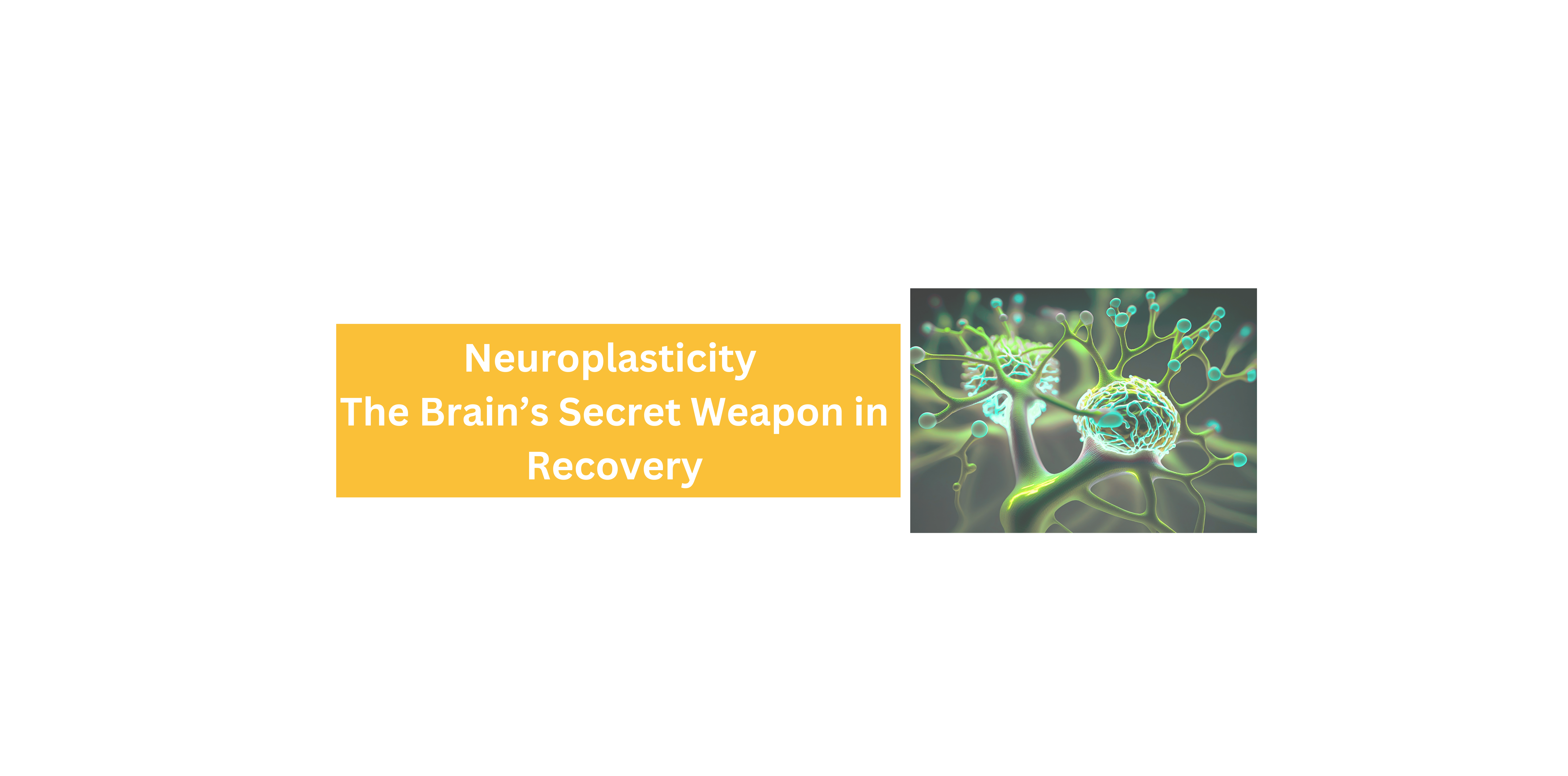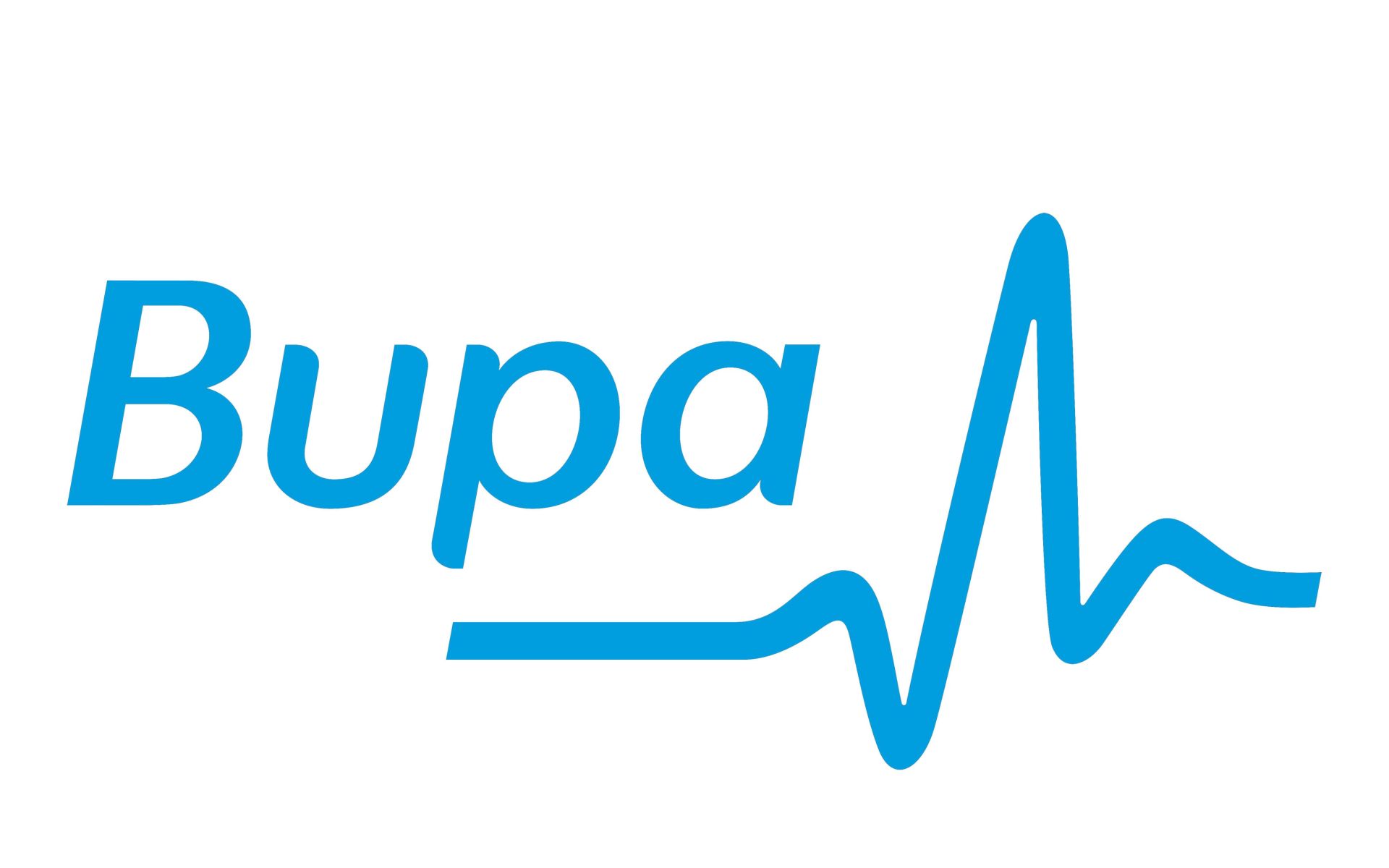Note: This makes all sizes equal and could alter the website layout.
Red:
Green:
Blue:
Red:
Green:
Blue:
Stroke, Spinal Cord Injury, Traumatic Brain Injury, Multiple Sclerosis, Cerebral Palsy, FND
Neuroplasticity is the brain’s remarkable ability to adapt, reorganise, and form new neural connections, a process that’s especially important after a neurological injury such as a stroke, spinal cord injury, brain trauma, multiple sclerosis, or cerebral palsy.
Once thought to be limited to childhood, we now know the brain retains this capacity well into adulthood, and even later in life. This ability allows us to guide recovery through targeted, evidence-based rehabilitation.
How PhysioFunction Harnesses Neuroplasticity
We design our neurorehabilitation programmes around the principles of neuroplasticity, using therapies that provide repetition, intensity, and relevance. Our approach includes:
What is Neuroplasticity?
Neuroplasticity is the brain’s remarkable ability to reorganise itself by forming new neural connections or strengthening existing ones. For much of the 20th century, scientists believed the brain’s structure was fixed after childhood. Now we know it remains adaptable throughout life, even in later years.
In daily life, neuroplasticity is at work when you master a new skill, such as learning a language or reaching for an object. After a neurological event like a stroke, brain injury, or spinal cord injury, neuroplasticity allows healthy areas of the brain to take over the roles of damaged areas.
There are two main types:
Why It Matters After Neurological Injury
When part of the brain is damaged, the neural pathways that control certain functions, like movement, speech, or memory, can be disrupted. Without intervention, these skills may remain impaired. But with the right therapy, the brain can create new pathways and restore lost abilities.
This process involves:
A Complete Approach
Sleep, nutrition, mental wellbeing, and motivation all play a vital role in how effectively the brain adapts. That’s why our team, including physiotherapists, occupational therapists, and rehabilitation specialists take a whole-person approach.
We work to ensure that gains made in therapy transfer into real-life independence, whether that’s walking to the local shop, cooking a meal, or returning to hobbies.






